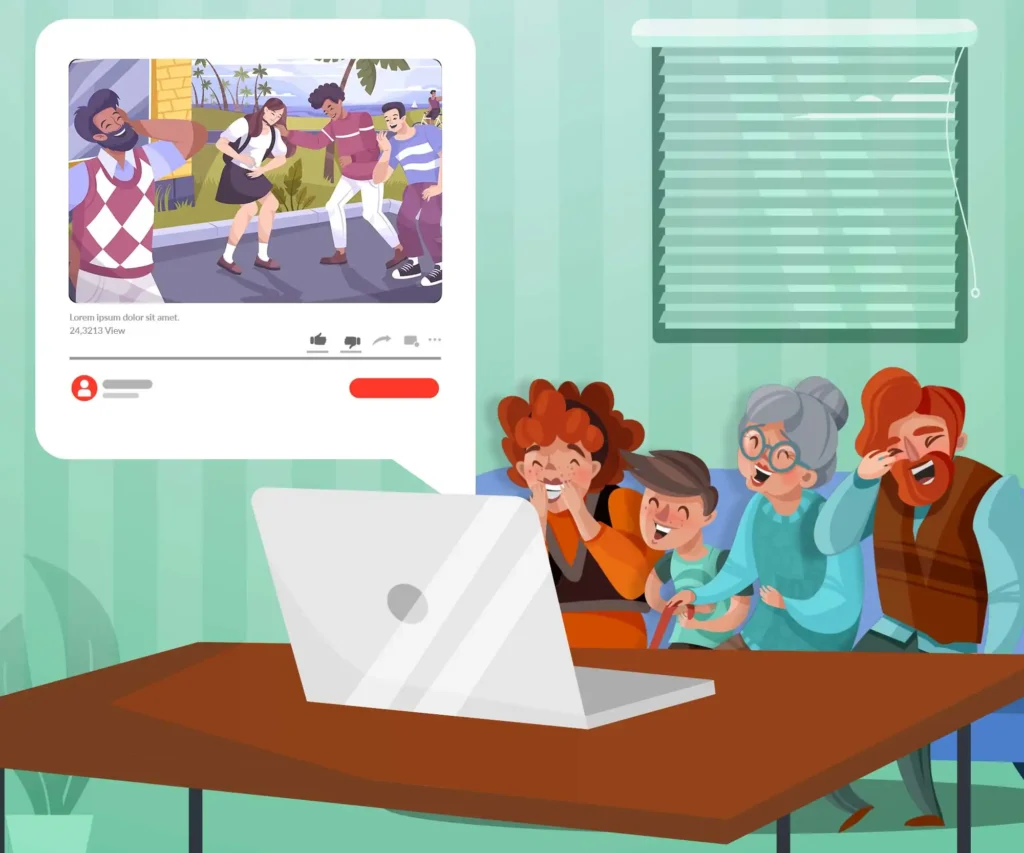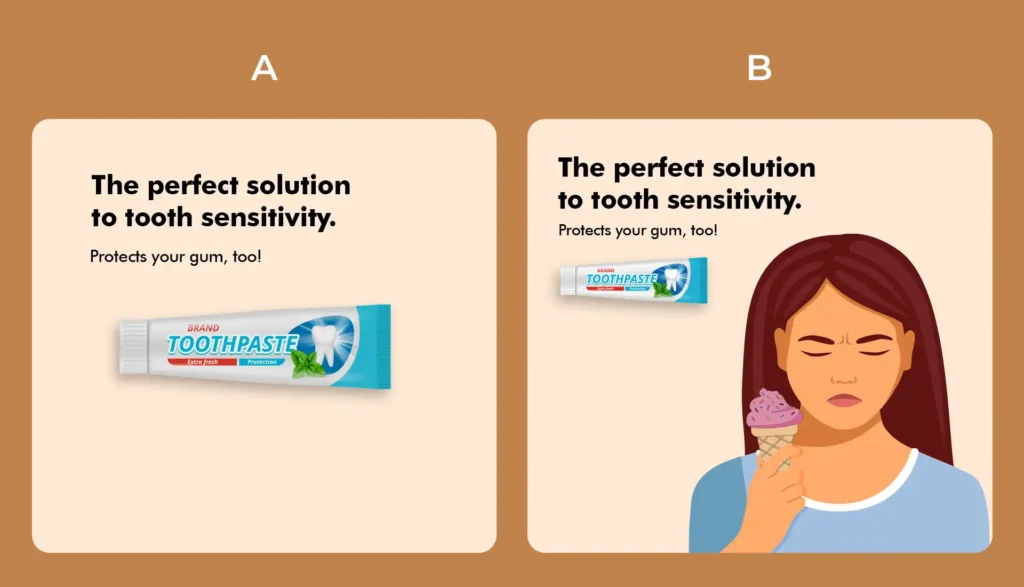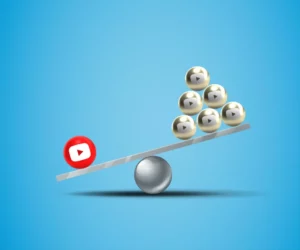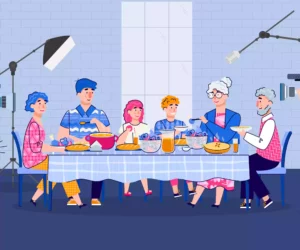
YouTubers, or “content creators” as they prefer to be called, know firsthand the pressure of having to publish viewing material regularly that will:
(a) set them apart from the other 38 million channels and counting
(b) carve a memorable niche for them within their genre, and
(c) drive legions of viewers to consume and interact with their product.
Given the fast-paced nature of digital content, (a) and (b) have become mere accessories, while (c) remains the jewel. One distinct genre currently delivers this jewel in spades: Reaction Videos. Capital R. Capital V. Through this article, let’s figure out why reaction videos are so popular.
What are reaction videos?
Reaction videos are exactly what they sound like! In these videos, we see one or more people responding to another inlaid video. So what do they react to? Anything. Movie trailers, music videos, viral content, their own content from years ago, content from other countries, rival content within their genre—you name it, and there most likely is a reaction video on YouTube.
What’s the backstory?
While the first reaction video (of children reacting to a jumpscare on screen) came out in 2006 (a year after YouTube was launched), the genre didn’t thoroughly pick up steam till about 2010. Benny and Rafi Fine are singularly responsible for the first wave of reaction videos via their channel ‘TheFineBros’ (now known as ‘REACT’). Initially, they produced a video series where ‘reactors’, grouped by age (Kids React, Teens React, Adults React, Elders React, etc.), responded to trends and content considered alien to their demographic. Similar but smaller channels around this time primarily focused on movie trailers and music videos. REACT would soon grow into two channels with more than 8 billion views.
Later generations of reaction videos targeted specific viewers, and the genre began to flourish. Creators were now reacting to content from cultures and ethnicities of the majority of their viewer base to encourage loyalty from subscribers. Soon, fixed themes (like skincare, gaming, robotics, mythology, and so on) also found representation in reaction videos.
Is there money in reaction videos?
Yes, provided you can navigate through YouTube’s monetisation and copyright policies. Usually, these measures do the trick:
- The original video being reacted to needs to be credited.
- Enough parts of the original video need to be cut out for the reaction video to satisfy YouTube’s ‘fair use’ clause.
- The reactor’s real-time response (in the form of remarks, expressions, and gestures) must be substantial enough to qualify as commentary.
Now, it may sound like terms and conditions restrict the reaction video revenue. Still, it helps to remember that on YouTube, viewership is currency, and this genre’s viewer traffic gets rather busy. Sizeable channels like Beast Reacts, Reaction Time, and SidemenReacts rake in an estimated $3 to $5.6 million per year. Relatively new channels like Vlogging Through History draw close to $200,000 per year.
Reaction videos pull tremendous amounts of watch hours daily, revolutionising the economy of content creation.
Why are reaction videos so popular?
Try this out.
Take a look at these two images:

Now, be honest. Which image held your attention longer? Let’s rephrase that: did you spend a few more seconds on the expressive face than on… whatever that other forgettable side had? Of course, you did. Why wouldn’t you? We are, after all, an emotive species. The display of feelings draws introverts and extroverts alike, consciously or subconsciously. It is how we create our impression of something. No matter how fact-based, our opinions are rooted in emotions—both our own and others. In a nutshell, we respond to responses.
And that is the hinge around which YouTube reactions swivel.
Reaction channels today do particularly well in India, the UAE, the Philippines, South Korea, and Brazil. Many viewers from these regions enjoy watching their culture through the eyes of a foreigner, as it presents a fresh perspective to familiar concepts.
The appeal also lies in the hangout-like atmosphere established when viewers and creators watch the same source content from different parts of the world. In fact, reaction channels strategically design their thumbnails and phrase their video titles to feature the reactor’s nationality to heighten this very appeal.
Reaction videos also lend themselves to diverse areas of interest, ensuring inclusivity for their audience. The subgenre of ‘experts react’ boasts its own abundant following, where doctors, lawyers, architects, estheticians, and a host of other specialists break down popular myths and cinematic depictions of their respective worlds.
Even professional video channels of online magazines clamour for a piece of the pie. For example, Glamour, Wired, Vanity Fair, GQ, Insider, Allure, and Inked have their own adaptations of the reaction genre.
On the flip side
Like every popular phenomenon, reaction videos also feel the wrath of sceptics and their criticism. Critics have labelled them as the lazy, parasitic breed of virtual content that is creatively inferior. This is usually a point of contention between reactors and reviewers. The content of the two does overlap in meaning and intent. But reviewers argue that their material reflects research, analysis, and original commentary. At the same time, reaction videos involve lounging in front of someone else’s content.
Moreover, the authenticity of these reactions is often called into question. It is difficult to ignore the conflict between giving an honest response and exaggerating a favourable reaction to pander to subscribers (for example, jumping out of one’s seat to feign enthusiasm).
So yes, this bracket of entertainment does cut both ways. But love it, hate it, or find it amusing, reaction videos are here to stay. They have claimed their universe within YouTube and are steadily building strongholds across other social media platforms as well.



